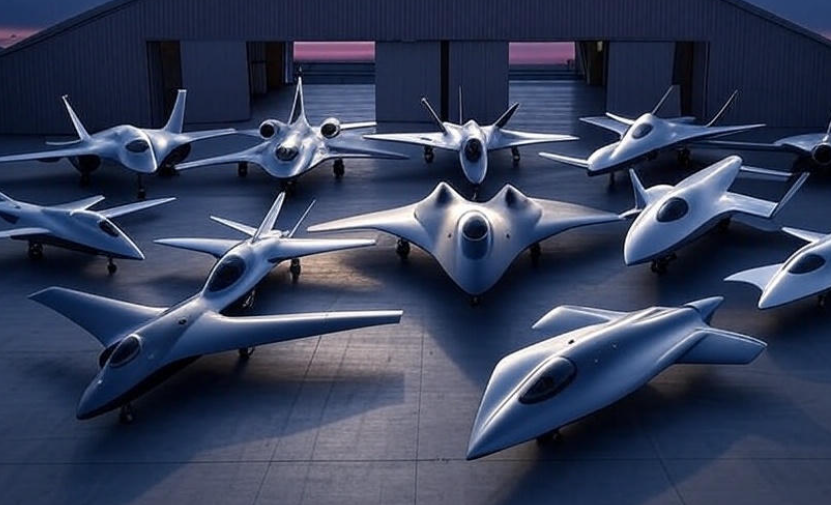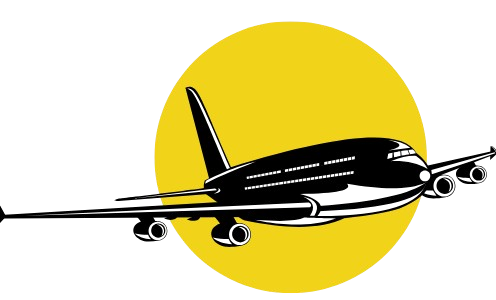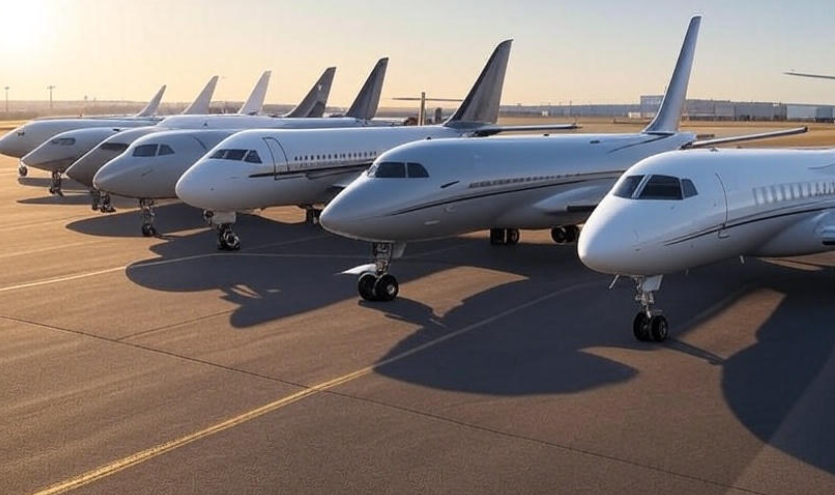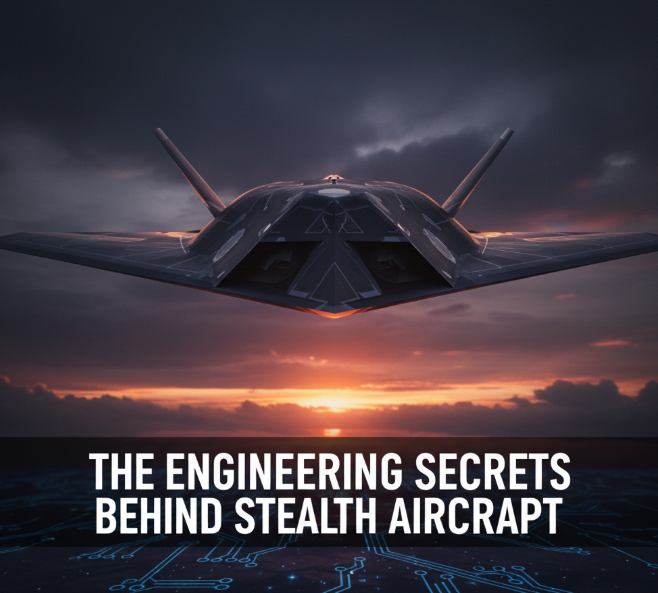Aviation has always fascinated humans. From the Wright brothers’ first flight to today’s jumbo jets, technology continues to push the limits of what’s possible in the skies. But we’re not just talking about faster planes anymore. Modern aircraft technologies are smarter, greener, and more efficient. Here, we explore 10 cutting-edge aircraft technologies that are shaping the future of flight.
1. Electric and Hybrid Aircraft
Electric and hybrid engines are no longer a dream—they are becoming reality. These technologies promise quieter flights, lower emissions, and reduced fuel costs. Companies like Eviation and Airbus are developing fully electric aircraft that could change regional air travel forever.
-
Electric engines run purely on battery power, producing zero emissions.
-
Hybrid engines combine traditional fuel with electric power to increase efficiency.
-
Benefits: Reduced carbon footprint, quieter airports, lower operational costs.
⚡ Imagine flying from New York to Boston in a silent, eco-friendly electric plane—it’s closer than you think!
2. Autonomous Flight Systems
Self-flying aircraft are closer to becoming mainstream than you might believe. Autonomous flight systems use advanced AI and sensors to control aircraft without human intervention.
-
These systems can manage navigation, takeoff, and landing safely.
-
Reduced pilot workload and enhanced safety are key benefits.
-
Several companies are already testing autonomous cargo drones.
🤖 Soon, autonomous passenger planes could be a reality, making flights safer and more efficient.
3. Supersonic and Hypersonic Travel
Supersonic planes like the Concorde made headlines decades ago. Now, new supersonic and hypersonic aircraft are being developed to drastically cut travel times.
| Type | Speed | Example | Key Benefit |
|---|---|---|---|
| Supersonic | 1,200–2,500 km/h | Boom Supersonic | Faster intercontinental travel |
| Hypersonic | 6,000+ km/h | Reaction Engines Skylon | Potentially ultra-fast flights |
🚀 Imagine flying from London to New York in just a few hours—it could soon be possible!
4. Sustainable Aviation Fuels (SAF)
Green aviation isn’t just about electric planes. Sustainable aviation fuels derived from plants, algae, or even waste products can reduce carbon emissions by up to 80%.
-
SAF works with existing aircraft engines, so airlines don’t need to replace their fleets immediately.
-
Many airlines are testing SAF on regular flights, aiming for widespread adoption by 2030.
🌱 Flying responsibly might soon become the new normal.
5. Advanced Materials and Composites
Modern aircraft are lighter, stronger, and more fuel-efficient thanks to advanced materials. Carbon fiber, titanium alloys, and other composites are replacing traditional aluminum in key areas.
-
Reduces weight, improving fuel efficiency.
-
Enhances safety due to increased durability.
-
Allows for more innovative aircraft designs.
✈️ Lighter planes mean longer flights, lower fuel costs, and less environmental impact.
6. Winglets and Morphing Wings
You might notice the small upward fins at the tips of airplane wings—these are winglets. But the future goes further with morphing wings, which can change shape during flight.
-
Winglets: Reduce drag, improve fuel efficiency by up to 5%.
-
Morphing wings: Adapt to flight conditions, providing better lift and performance.
💨 Smarter wings could make turbulence less scary and flights smoother for passengers.
7. Advanced Avionics and Cockpit Technology
The cockpit is evolving. Digital avionics now allow pilots to monitor everything from fuel efficiency to weather conditions in real-time.
-
Touchscreen controls replace traditional buttons and levers.
-
Real-time data analytics helps pilots make faster, safer decisions.
-
Future cockpits may integrate AR (Augmented Reality) displays for enhanced situational awareness.
🛫 Think of it like a smartphone for pilots—it’s intuitive, powerful, and efficient.
8. Noise Reduction Technology
Noise pollution is a big concern around airports. Modern aircraft are using innovative engine designs and soundproofing technologies to make flights quieter.
-
Engine nacelles are being redesigned for smoother airflow.
-
Active noise-cancellation systems reduce cabin noise.
-
Quieter planes mean happier neighbors near airports.
🔇 Future planes could be so quiet that you barely notice they’ve taken off.
9. Electric Vertical Takeoff and Landing (eVTOL)
Urban air mobility is becoming possible with eVTOL aircraft, essentially flying taxis.
-
eVTOLs can take off and land vertically, eliminating the need for long runways.
-
Electric power ensures zero emissions in cities.
-
Companies like Joby Aviation and Volocopter are leading the way.
🏙️ Imagine skipping traffic jams by flying over the city—that’s not science fiction anymore!
10. Real-Time Health Monitoring Systems
Aircraft safety is being enhanced by real-time health monitoring systems. Sensors embedded throughout the plane track engine performance, structural integrity, and even potential faults before they become dangerous.
-
Reduces the chance of in-flight failures.
-
Enables predictive maintenance, lowering costs.
-
Increases passenger safety and confidence.
🛡️ These systems are like giving your plane a constant health check-up—it’s smart, proactive, and life-saving.

FAQs About Aircraft Technologies
Q1: Are electric planes ready for long-distance flights?
Currently, most electric planes are limited to short regional routes due to battery constraints. However, battery technology is improving rapidly, so longer flights will be possible in the near future.
Q2: How safe are autonomous aircraft?
Autonomous systems are rigorously tested. While they’re not mainstream yet, they have the potential to reduce human error, which is one of the leading causes of aviation accidents.
Q3: Will supersonic travel be affordable?
Initially, supersonic flights may be expensive, but as technology matures, costs are expected to decrease.
Q4: Can SAF replace regular jet fuel completely?
Yes, SAF can be blended with traditional jet fuel, and in the future, fully replace it. The challenge lies in production scale and cost.
Q5: When will flying taxis be common in cities?
eVTOLs are in testing and certification stages. We might see commercial services in some cities within 5–10 years.
Conclusion
The aviation industry is entering a new era. From electric engines and autonomous planes to supersonic travel and flying taxis, the sky is no longer the limit—it’s the starting point. These technologies are not just futuristic ideas; they are actively shaping the way we will travel in the next decade.
💡 Whether you’re an aviation enthusiast or a casual traveler, keeping an eye on these developments is exciting. The future of flight is faster, greener, safer, and smarter—and it’s already taking off.




